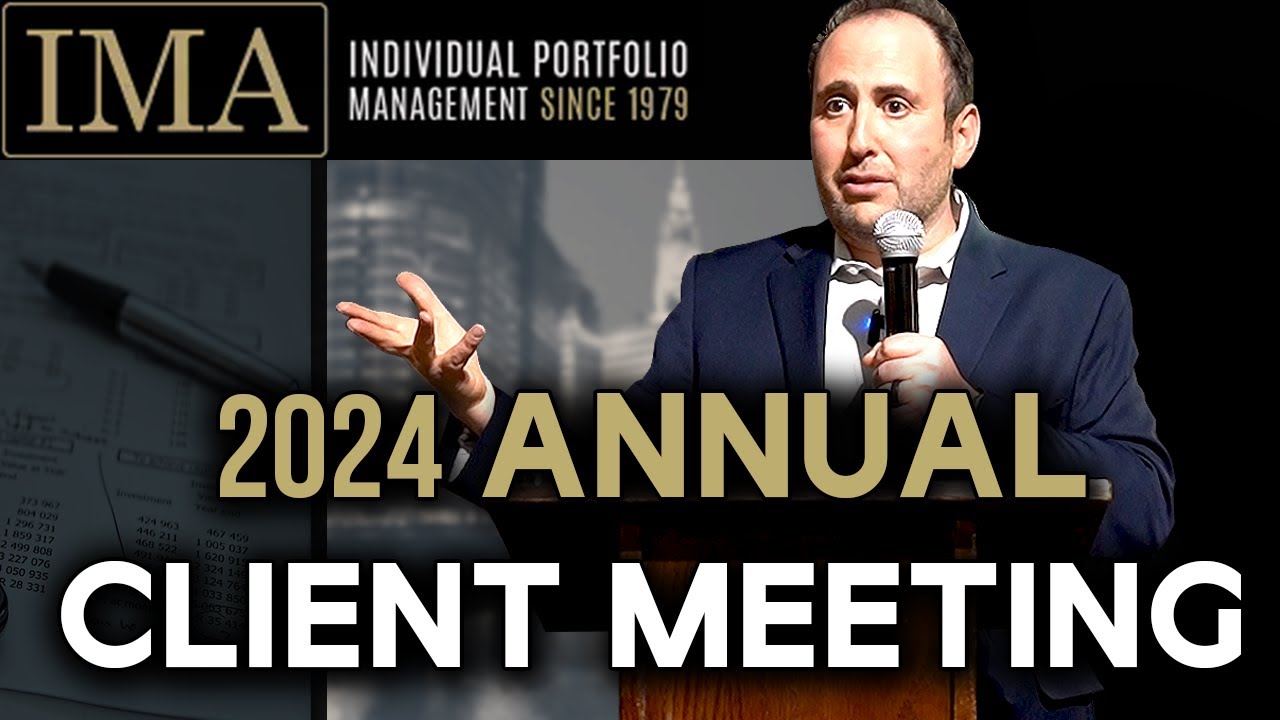February 2020
One benefit of being “read” is that I have readers. I always try to put together small, informal (non-marketing) reader meetings wherever I travel. In Zurich I was joined by nine readers. One of them travelled from Munich (a five-hour train ride). My assistant Barbara had set the time for the gathering at 4PM, and my next meeting was dinner at 7PM with Guy Spier and a few friends attending VALUEx. Thus I got to spend three hours with readers.
Here are some of the topics and questions that came up.
When you are starting in investing how much should you be focusing on each company? How deep do you want to go?
There are several ways to answers this. There is no right or wrong way. You need to find what works for you. Here is one answer that I gave in a recent essay.
What stocks do you begin analyzing first? Recently I was asked this question by a fellow who had undergraduate and graduate degrees in aerospace engineering. What do you think my answer was? I said, “You probably know more than most people about the aerospace industry. Create a map of the industry and then learn about each company in the industry.”
If you got yourself through college working at a restaurant, and if you are not sick of it, restaurants and food distributors would be a great place to start. It is easier to start analyzing something you already understand. By doing so you are removing an extra layer of complexity involved in learning the physics of an industry.
But here is another answer that completely contradicts the one above. Early in an investing career you want to focus on a diversity of learnings. You want to study different business models and thus look at and try to understand different businesses. There, you are focusing on breadth versus depth. You try to understand what drives the economics of a business, how cyclical it is, what is its regulatory environment, what drives revenues and profitability, and how to value it.
How can Buffett look at a business and quickly say yes or no?
Buffett has developed this skill by looking at thousands of businesses over decades of research. Now he does it mostly on a subconscious level, I suspect. Let me explain. Malcom Gladwell, in his book Blink, talks about a seasoned firefighter who walks into a burning building. Something tells him he must get out right now; he runs out; and the building collapses. This firefighter followed his gut. His decision was not made by the conscious mind but by the subconscious one. This firefighter had dealt with hundreds of burning buildings in his life. This time around, his subconscious mind identified patterns – the flames are of this color and intensity; the floor is making a particular screechy sound when I step on it; the temperature is quickly rising … you get the point.
Each one of these factors in isolation might not mean much. The firefighter might not even consciously piece them together, but his subconscious, being a giant computer, can do that in the blink of an eye. However, to do this you need a lot of data points – prior experiences. So what your instincts, what your gut tells you, should only be considered when you have a lot of prior data to work with. This is how Buffett can quickly say “yes” or “no” to a deal. He has seen so many of them, he can act from his gut with enormous success.
Should you emulate other investors?
You should study other investors. You should try to learn as much as possible from their thinking and decision making. And not just from their successes but also from their failures. I have written about this before. A book that had an enormous impact on me was Snowball, by Alice Schroeder. It was Buffett’s authorized biography. I learned that Buffett was an investment addict and made a tremendous sacrifice, which he later regretted – he neglected his family, his wife and especially his kids.
Luckily, I read this when my kids were young, and though I am afflicted by a similar addiction to investing as Buffett, I try hard to make time to spend with my family. It is anything but a default setting for me. This may sound like spending time with a family is a chore. Not at all; I enjoy spending time with my family, but the enjoyment often happens in hindsight, after the fact, after I’ve made an effort to put in the time. Spending time with family and investing exist in an uneasy zero-sum relationship (we are only given 24 hours each day). If you love investing it can be very addictive. (This is probably true for any profession you are passionate about.)
I’m in the middle of trying to solve an investment puzzle when my daughter Mia Sarah asks me to play hide and seek. I want to keep working on that puzzle, and then I remember that she’s only going to be six once, and in 12 years, just like Jonah, she’ll be out of the house and on to her college adventure. So, with shaking hands, I put Uber’s latest earnings transcript down (okay, my hands are not shaking, it’s not that kind of addiction) and play hide and seek with Mia Sarah and enjoy every moment of it.
This is why I love writing in the morning when the kids are asleep – I am not stealing time from them and can spend more time with them on weekends. So my early morning writing time is both current and future guilt-free.
But back to the topic of whether you should emulate other investors. It took me awhile to understand this, but you should try very hard to be you. You should learn from your mentors as much as possible, but trying to be them is like trying to wear someone else’s clothes. It will not be a good fit.
Early in my career I tried to emulate Buffett and spurned the use of spreadsheets and models. But here’s the thing: Buffett has a supercomputer in his head and I don’t. I need to visualize financial statements by building financial models. I get to feel them by building them; Buffett doesn’t. We all learn differently.
Also, the Buffett of the past is not the Buffett of the present or the future. First of all, the investing environment of 40 years ago was very different from the current one. Thus 40 years ago Buffett was fighting different battles and had different constraints. (He definitely did not have to think about negative interest rates.) The investing environment changed and Buffett evolved. He avoided airlines and technology – until he became the largest shareholder of airlines and Apple. So which Buffett do you want to emulate, the one of the past, present, or future?
When you try to copy someone you never quite get the whole recipe. Here is an example. My stepmother makes great mushroom soup. I told my wife how much I loved it. I had a Machiavellian plan. I figured I’d start a friendly competition, and I’d get to eat twice the amount of mushroom soup – at my stepmother’s house and at home.
My wife got the recipe from my stepmother. My wife is an incredible cook. (I am not just saying so on the small chance that she’ll read this – she really is.) But her mushroom soup did not come out as good as my stepmother’s. She tried several times. I tried lying, but I did not ask for seconds. She knew there was something wrong. A few months later we discovered that my stepmother forgot to tell her that she put a pinch of MSG in it.
It was an innocent omission (at least that is what I keep telling my wife); she shared 95% of the recipe, but the 5% had the kick that brought out all the flavor.
So here is the punchline: If you try to copy what others are doing mindlessly, you may end up getting most of it right but miss the critical element that makes it tick.
At the end of the day, you must be you! Study other investors; try to understand their decision making; borrow their mental models; but your goal should be to become You 1.0, not Buffett 2.0. Once you get You 1.0 down, keep upgrading yourself (learning, pushing) to 2.0 and beyond.










0 comments